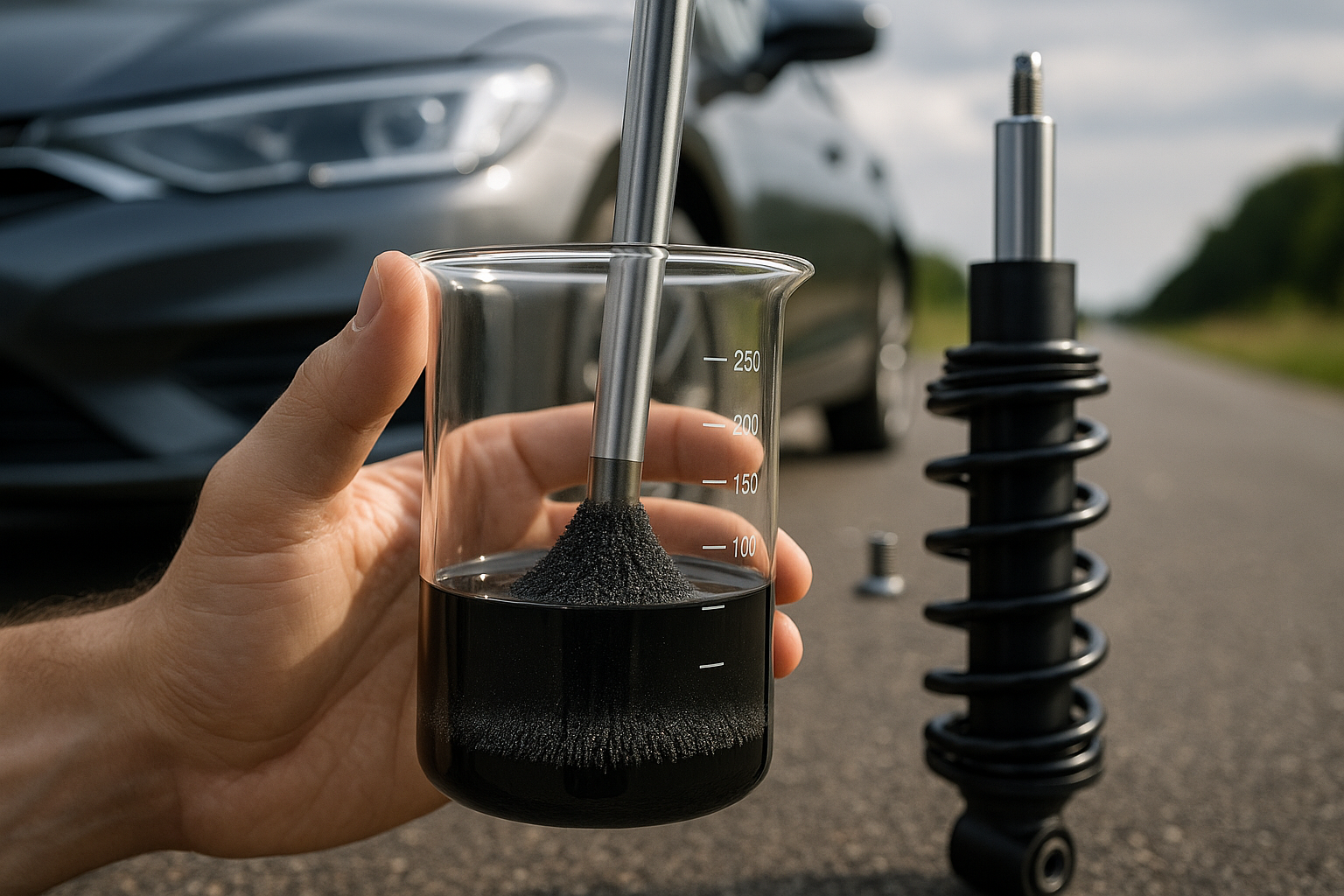A Deep Dive into the World of Magnetorheological Fluids: The Future of Automotive Shocks and Dampers
Introduction: Magnetorheological (MR) fluids are not a household term, but they are revolutionizing the automotive industry in a subtle yet significant way. This article explores the science behind MR fluids, their applications in shocks and dampers, and the potential they hold for the future of driving comfort and control.

A Primer on Magnetorheological Fluids
MR fluids are smart materials that change their viscosity in response to a magnetic field. In simpler terms, they can transform from liquid to semi-solid within milliseconds when exposed to a magnetic field. The concept was first explored in the 1940s but only recently gained traction in the automotive industry. The main components of MR fluids are tiny iron particles suspended in a carrier fluid, usually oil.
MR Fluids in Shocks and Dampers
MR fluids found their way into the automotive industry as a game-changing technology for shocks and dampers. Conventional shock absorbers rely on mechanical valves and springs to control fluid flow, which can’t adapt to changing road conditions instantly. However, MR fluids, with their ability to change viscosity almost instantly, offer a solution to this problem. They provide real-time damping force adjustment based on the current driving conditions, ensuring optimal ride comfort and handling.
The Impact on Driving Experience
The integration of MR fluid technology into shocks and dampers has a profound impact on the driving experience. It significantly improves ride comfort by absorbing road imperfections more effectively. Handling and stability are also enhanced, as the damping force can be adjusted in real-time to counteract body roll, pitch, and squat. As a result, drivers enjoy a smoother, safer, and more controlled ride.
The Future of MR Fluids in Automotive Industry
The potential of MR fluids extends beyond shocks and dampers. Researchers are exploring its use in other automotive systems, such as clutch and brake systems. These fluids could provide precise control over these systems, leading to improved performance and safety.
Challenges and Opportunities
While the benefits of MR fluids are compelling, their adoption in the automotive industry is not without challenges. The main obstacle is the high cost of production. However, as research progresses and production methods improve, the costs are expected to decrease. The environmental impact of MR fluids is another concern, given their iron content. Nonetheless, the potential benefits of this technology in enhancing driving experience and safety are driving continuous research and development.
In conclusion, MR fluids represent a promising technology in the automotive industry. Their unique properties have already begun to reshape shocks and dampers, promising a future of smoother, safer rides. As research continues and production costs decrease, we can expect MR fluids to play an increasingly significant role in the cars of the future.





